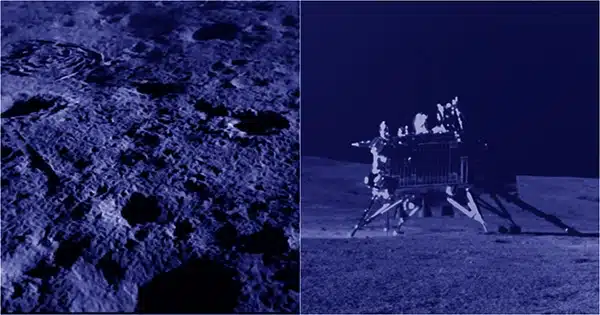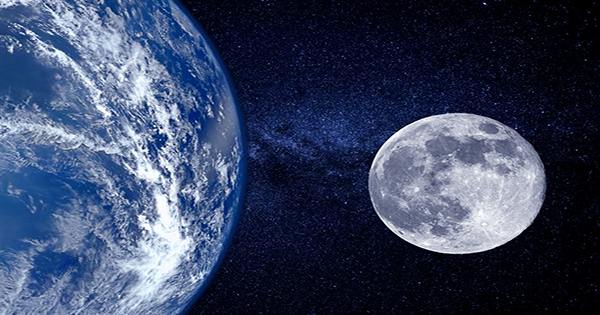Hopes for India’s moon lander’s “re-awakening” are dwindling after Indian scientists were unable to communicate with the spacecraft after it went into shutdown mode to endure the frigid lunar night conditions.
After a 40-day interstellar journey, India’s Chandrayaan-3 spacecraft landed on the south pole of the moon in August, and the rover spent more than a week collecting data from the lunar surface.
The Vikram lander and Pragyan rover were put into “sleep mode” on September 2 to hibernate and safeguard the electrical components through the harsh circumstances of a lunar night, which lasts two weeks and sees temperatures plummet to -250 degrees Celsius on the moon.
Scientists at the Indian Space Research Organisation (ISRO) were sure that the spacecraft would withstand the severe circumstances and reawaken around September 22, when it would be drenched in sunlight and solar panels could recharge its batteries.

ISRO experts, however, have been unable to contact the robots subsequently and have stated that “hopes are dimming” for their resuscitation. According to specialists, the devices have a 50% probability of surviving the cold conditions.
“Efforts to establish communication with the Vikram lander and Pragyaan rover will continue,” ISRO stated on X, formerly Twitter, on Friday, but no formal updates have been made since then.
ISRO stated that they would continue their efforts to contact the spacecraft until the next lunar sunset on September 30.
Before sending the lander and rover to sleep, ISRO scientists were quick to point out that the Chandrayaan-3 mission had already been a huge success and had met all of its primary goals. “If Vikram and Pragyaan do not wake up they will stay on the moon as India’s lunar ambassador,” they stated.
With the Chandrayaan-3 mission, India became the first country to reach the lunar south pole zone and only the fourth country to land on the moon, establishing India as a world leader in space exploration. Millions of people watched the landing, and the mission was a major source of national pride, with Prime Minister Modi hailing it as “a victory cry of a new India.”
The Pragyaan rover was charged with “the pursuit of lunar secrets” during its week on the moon’s surface. It traveled 100 meters, sending photographs and data back to Earth and confirming the presence of sulphur, iron, oxygen, and other elements on the moon.














